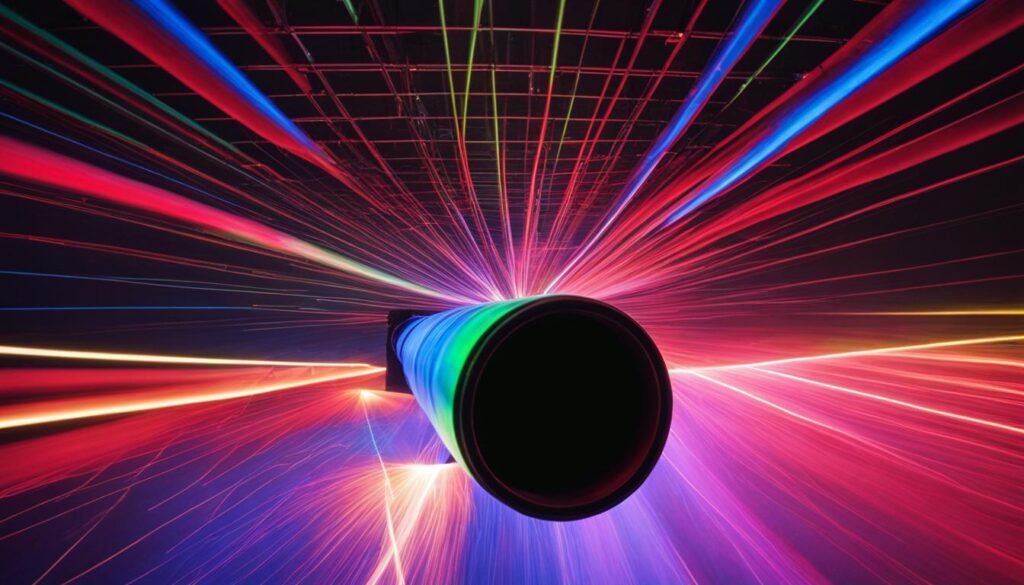Source: web2.ph.utexas.edu
<>
Frequency Doubling in Nonlinear Crystal Materials
Introduction
Crystal materials lacking inversion symmetry can exhibit a nonlinearity, leading to the phenomenon of frequency doubling, also known as second-harmonic generation. This process involves generating a wave with twice the optical frequency of the input wave in the medium.
Physical Mechanism
The physical mechanism behind frequency doubling involves the generation of a nonlinear polarization wave by the input (pump) wave, resulting in the emission of an electromagnetic field with double the frequency. Phase matching is crucial for efficient frequency doubling, ensuring that the second-harmonic field adds up coherently at the crystal’s exit face.
Phase Matching
Phase matching is essential for efficient frequency doubling, where the second-harmonic field contributions from different locations in the crystal align coherently. High conversion efficiencies exceeding 50% are achievable with proper phase matching and high-quality pump beams.
Nonlinear Frequency Conversion of Laser Pulses
High conversion efficiencies can be achieved with pulsed laser beams, as the higher peak powers enhance the nonlinear interaction. However, group velocity mismatch can limit efficiency for ultrashort pulses, affecting the temporal characteristics of the frequency-doubled pulses.
Intracavity and Resonant Frequency Conversion
Intracavity frequency doubling and resonant frequency doubling techniques are commonly used to achieve efficient frequency doubling at moderate powers. These methods exploit high intracavity intensities to enhance the conversion efficiency.
Second-harmonic Generation in Waveguides
Nonlinear waveguides offer a way to achieve efficient frequency doubling at lower power levels by maintaining high intensities over longer propagation lengths. However, waveguides have limitations such as fabrication challenges and higher propagation losses.
Generating Short Wavelengths
Frequency doubling is commonly used to generate light with short wavelengths, replacing larger lasers with more efficient neodymium-based lasers. Despite challenges with ultrashort pulses, high conversion efficiencies can be achieved in special cases.
Design Considerations
Designing a frequency doubler involves various considerations to optimize performance and efficiency, requiring a thorough design study to avoid costly iterations in the laboratory.
Conclusion
Frequency doubling in nonlinear crystal materials offers a powerful method for generating light with shorter wavelengths, with applications in various fields such as microscopy and laser technology. Understanding the physical mechanisms and design considerations is crucial for maximizing efficiency in frequency doubling processes.
Source: EurekAlert!
Feel free to comment your thoughts.


